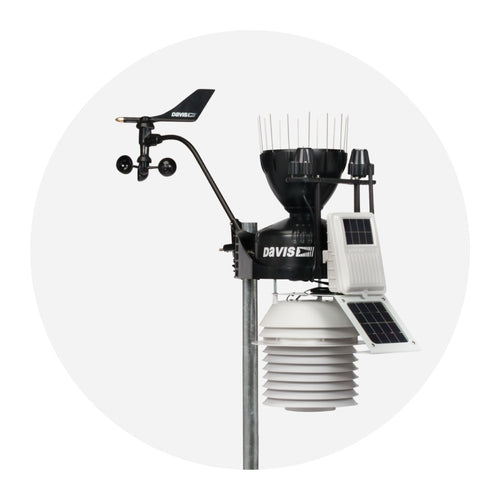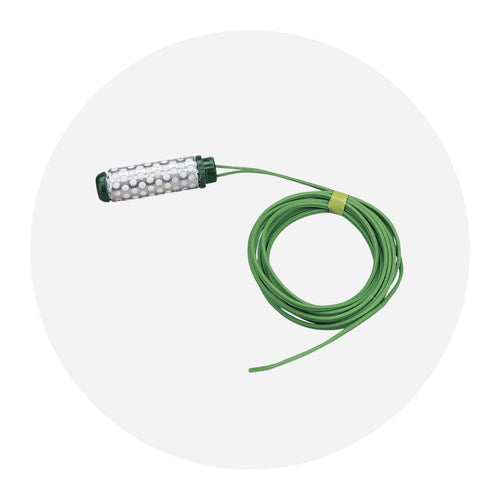A masthead fly, also known as a wind indicator or wind vane, is a device used on sailboats to determine the direction and strength of the wind. It is typically mounted at the top of the mast, hence the term "masthead." Masthead flies, or sailboat wind indicators, such as Davis Instruments WindTrak 15 consist of a lightweight, wind-catching element attached to a rotating arm or swivel. As the wind blows, the wind-catching element aligns itself with the direction of the wind, allowing sailors to visually gauge wind direction.
The masthead fly serves as a valuable tool for sailors during various aspects of sailing, including trimming sails, steering, and navigating. By observing the angle at which the masthead fly points, sailors can adjust their sail trim to optimize performance. It helps them determine if they are sailing too close to the wind (in the "no-sail zone") or if they have the sails properly adjusted for the most efficient sailing angle. Wind direction indicators may include tacking tabs that serve as a visual reference used during sailboat tacking. Tacking reference tabs indicate the boat's progress and angle of attack during a tack. It helps the sailor determine the optimal time to turn the boat and adjust the sails for maximum efficiency.





















